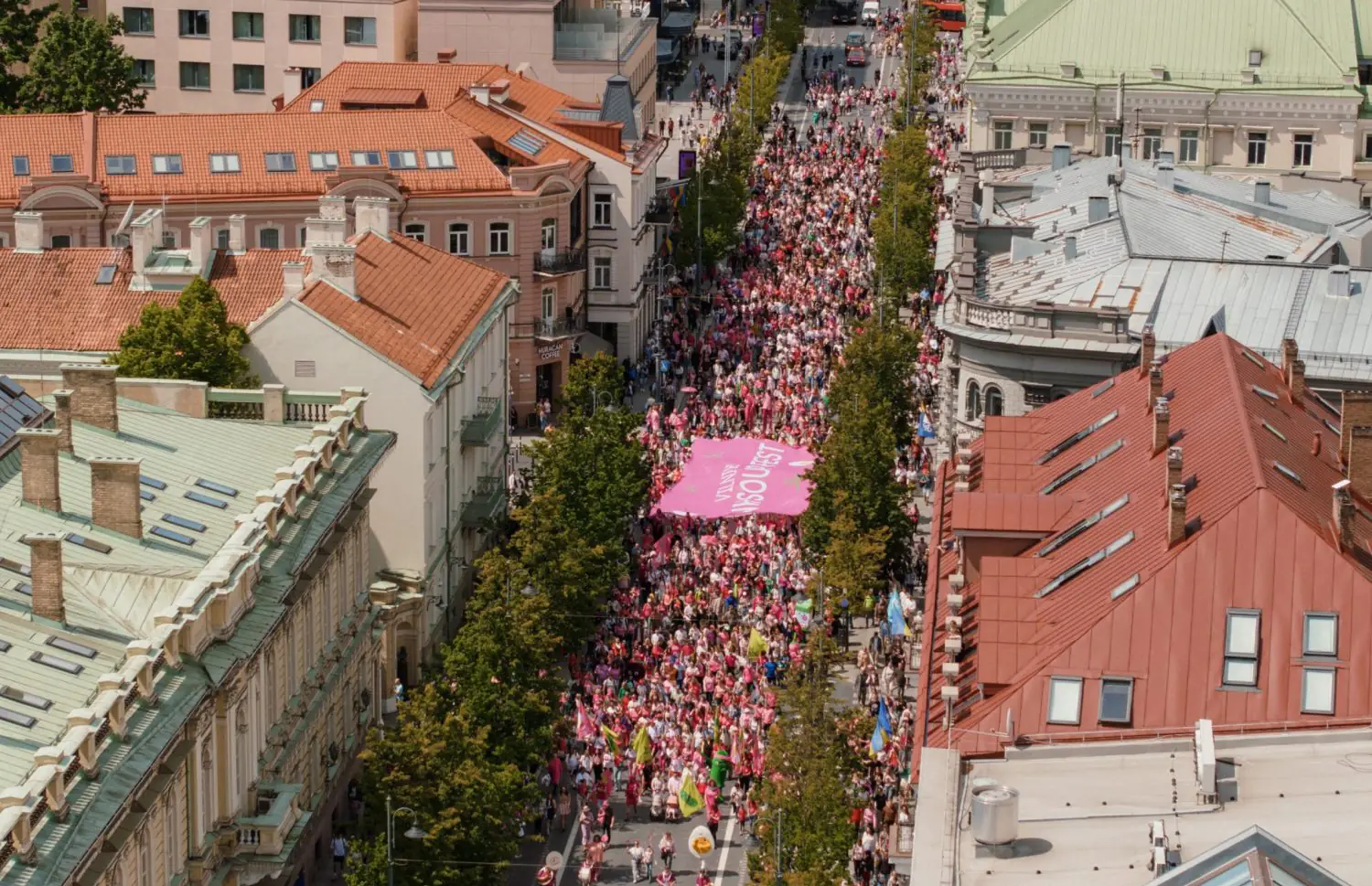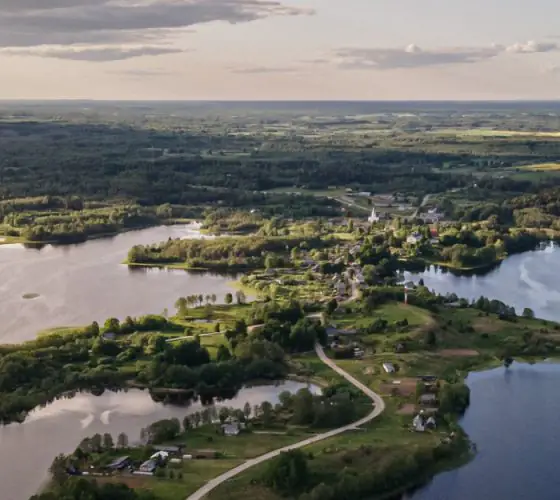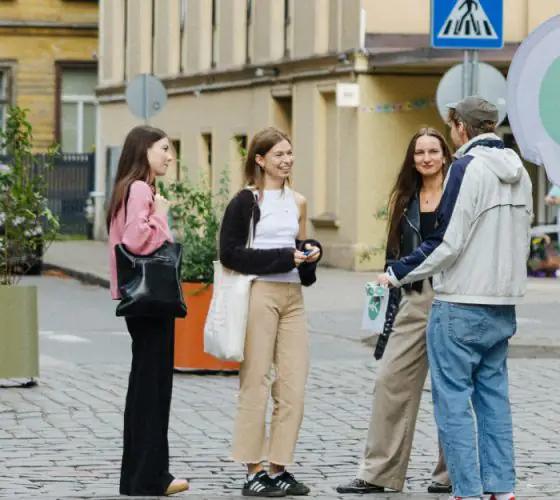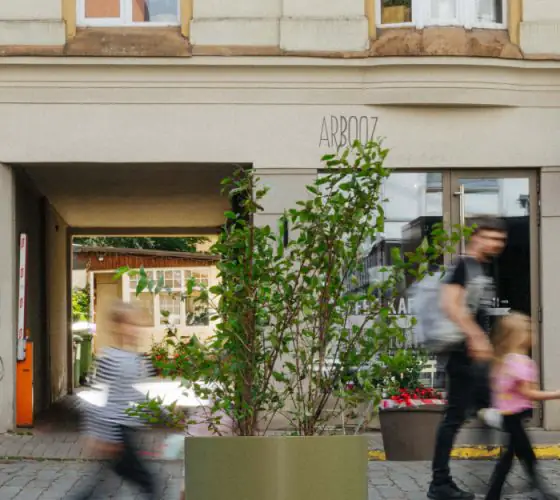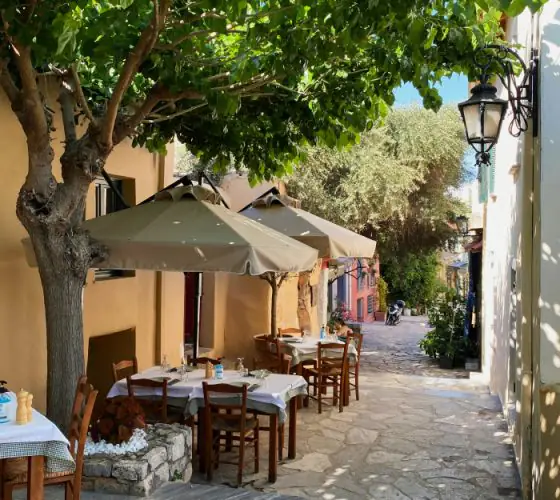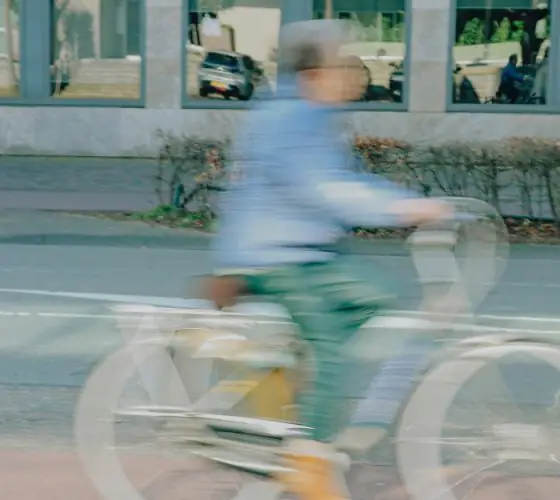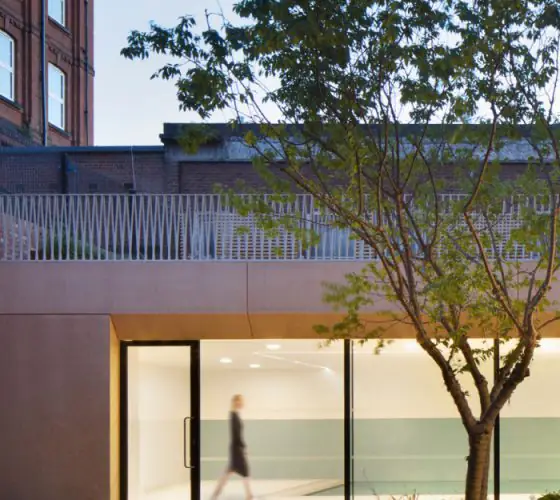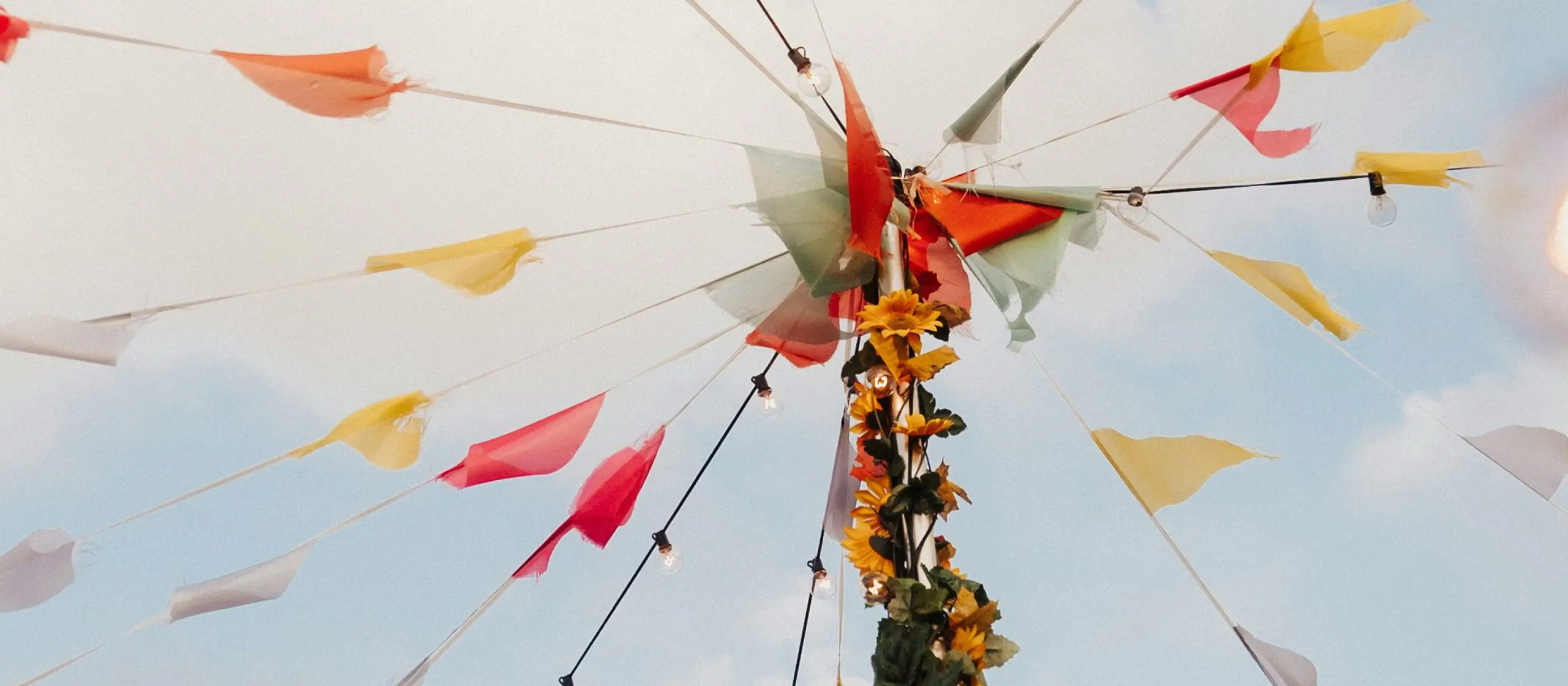
Activation
In the early 2000s, Berlin-based artists and activists occupied a former railway depot in the Friedrichshain district. This space, known as the RAW-Gelände, became a self-managed venue for techno parties, street festivals and pop-up markets.
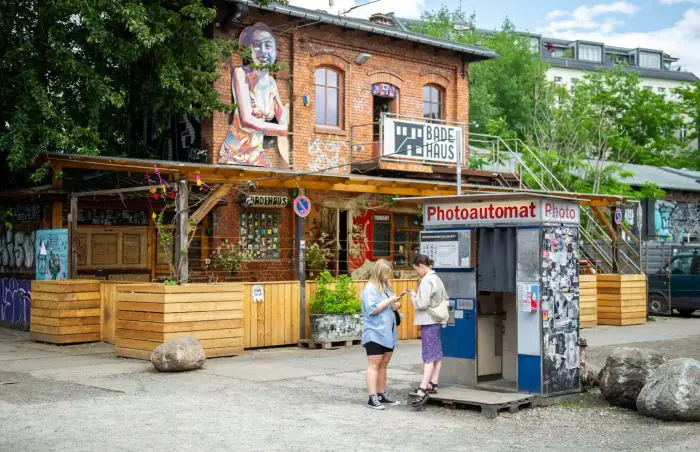
berliner-zeitung.de
Its functions and surroundings evolved depending on the prevailing agenda. While most of the installations and stages were temporary, built only for specific events, this flexibility ensured the site’s steady development and lasting popularity. The experiment was so successful and influential that it is now often cited as an example of Zwischennutzung, a strategy for regenerating derelict urban areas.
This case study demonstrates how festivals can stimulate temporary urbanism, facilitating the swift transformation of seemingly ‘useless’ sites. Empty streets, courtyards and abandoned buildings are transformed into spaces for art, dialogue and experimentation.
In this way, festival spaces act as prototypes for the city’s possible futures, existing in a mode of “trial”. For residents, they demonstrate how public spaces can be co-created and shaped together. For designers and city authorities, they reveal which forms of participation and spatial interaction are in demand, and which areas need renewal.
In the Baltic countries:
In Riga, abandoned buildings are “activated” during the Survival Kit festival organised by the Latvian Centre for Contemporary Art (LCCA). Since 2009, the festival has explored the potential and possible development strategies for vacant spaces — for example, in 2022, part of the programme took place inside a former bank building in the Old Town.
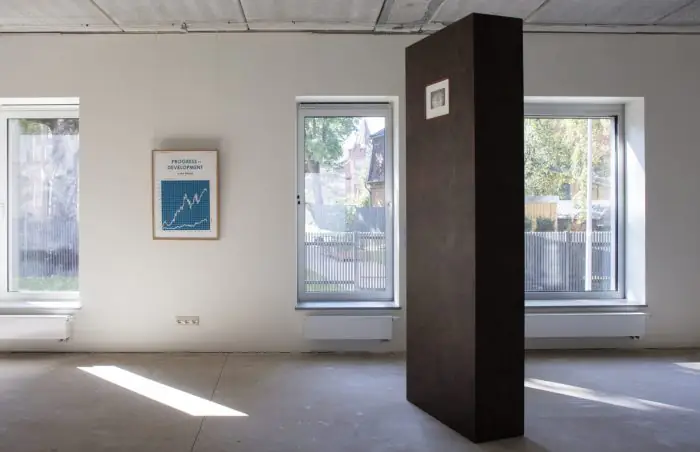
echogonewrong.com
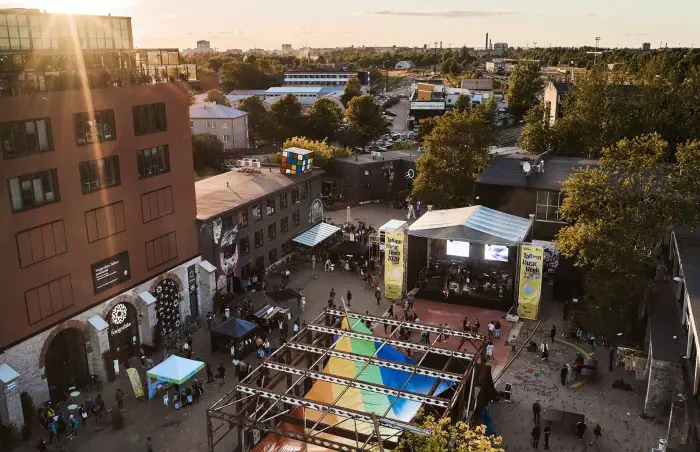
In Tallinn, the transformation of the former industrial Telliskivi area began with the Tallinn Music Week festival; the industrial setting and cultural events amplified each other’s popularity and are now known far beyond Tallinn.
Meanwhile, the free music festival Loftas Fest in Vilnius turned a former Soviet factory into a huge cultural cluster, attracting permanent residents and creative businesses to the site.
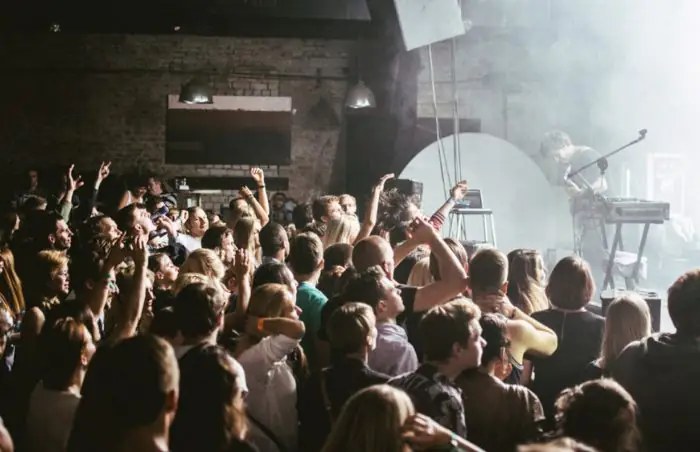
Inclusion
Festivals attract diverse audiences and provide meeting points for communities and businesses of all sizes, including small, local ones. This helps to shape a shared urban identity that connects people regardless of their ethnic background or income level, while also raising the profile of national minorities. In this way, festivals act as catalysts for social and spatial inclusion.
In some cases, local residents, activists and architecture students can be directly involved in designing festival spaces, thereby bringing in voices that usually have little influence over urban planning. This type of engagement is known as participatory urbanism. Combined with temporary urbanism, it enables cities to evolve through temporary, spontaneous and grassroots initiatives. Authorities gain the opportunity to trial new scenarios, while ordinary residents can experience themselves not just as users, but as co-creators of the urban environment.
In the Baltic countries:
The inclusive aspect is particularly important for cities that are highly segregated. Tallinn is a prime example of an urban area that has experienced increasing social and ethnic fragmentation in recent decades, particularly in large Soviet-era residential districts on the urban periphery. This issue is addressed in the Tallinn 2035 development strategy. The city hosts the Days of National Cultures festival every year, which is dedicated to the national minorities of the Estonian capital. The largest of these are the Russian, Ukrainian and Finnish communities.
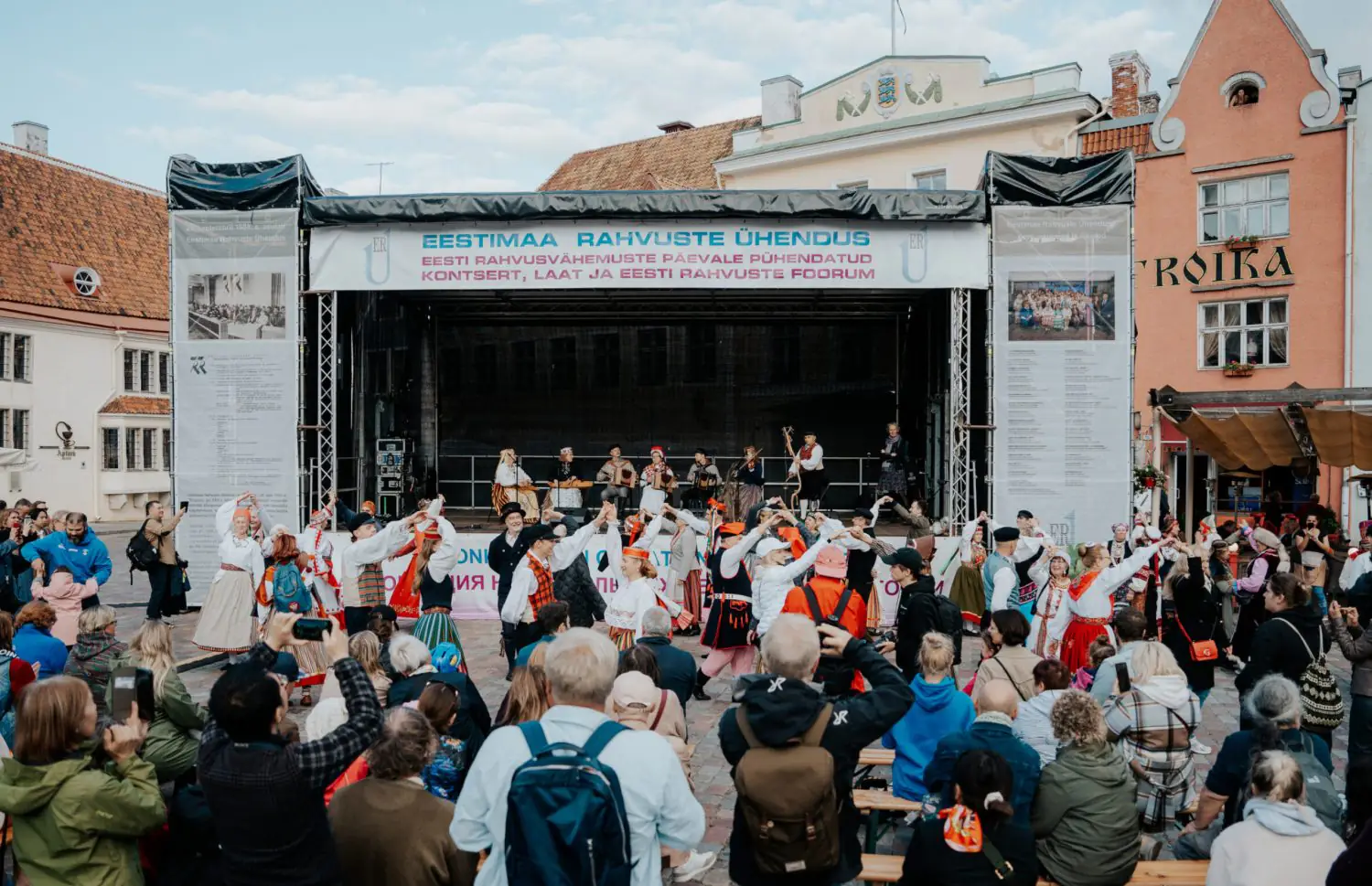
The most visible national minority in Vilnius is the Polish community, which numbers over 85,000 people (15.4% of the city’s population). Since 1989, the city has hosted the Kwiaty Polskie Polish culture festival, which brings together over 60 dance and music ensembles from Lithuania and Poland. Additionally, every May, Vilnius holds the Parada Polskości (Polishness Parade), and at the end of the school year, students from Polish schools participate in a ceremonial polonaise parade on Cathedral Square.
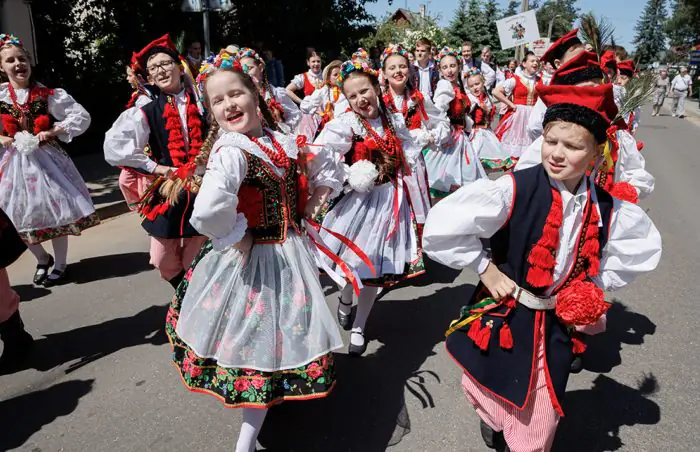
Photo: Marian Paluszkiewicz
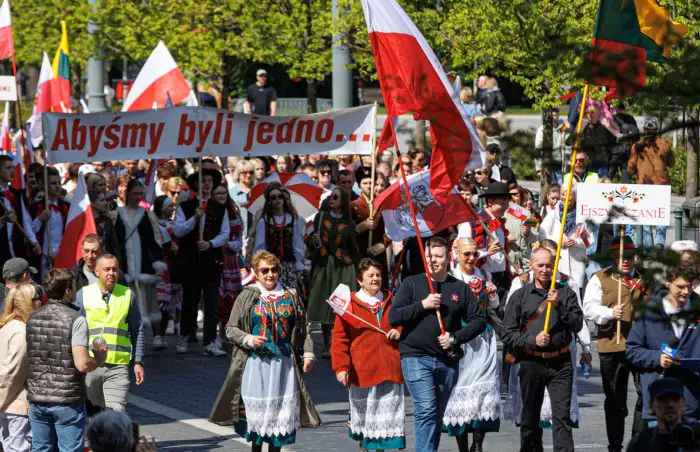
Photo: Marian Paluszkiewicz
Architecture
For architects, festivals serve as open-air laboratories: the temporary structures used for festivals are less constrained by market forces and building regulations, which allows for more risk-taking, playfulness and provocation. This provides an opportunity to experiment not only with pavilions, but also with stages, landscape installations and lighting schemes. Some of these elements later become permanent features of the urban environment.
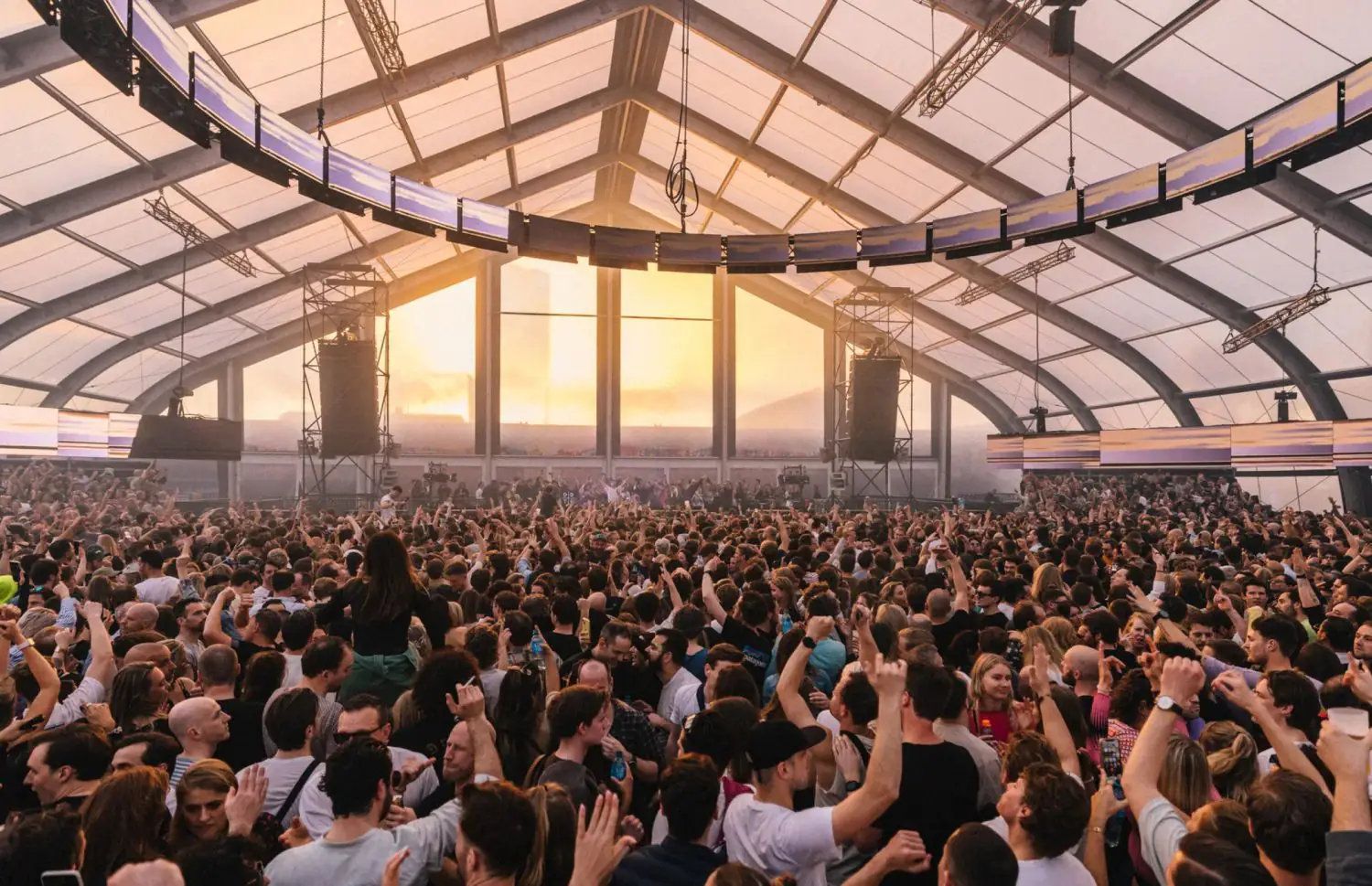
whathappens.be
For instance, a former shipyard in Amsterdam-Noord was converted into the NDSM cultural cluster, complete with pavilions, stages, and creative studios. Some of the temporary structures, such as those made from shipping containers, became permanent fixtures and their designs were enlarged and adopted for use in public and residential buildings.
In the Baltic countries:
A similar story unfolded with an installation set up during the 2019 Tallinn Architecture Biennale. Titled Steampunk, the project was created by architects Igor Pantic and Soomeen Hahm, who are lecturers at The Bartlett School of Architecture, as well as Cameron Newnham and Gwyllim Jahn from the Fologram studio and the studio Format. Showcasing a method of bending and joining timber beams, it appeared as a temporary pavilion in front of the Museum of Estonian Architecture. However, the avant-garde design and innovative technology of the installation inspired the city to keep it even after the biennale.
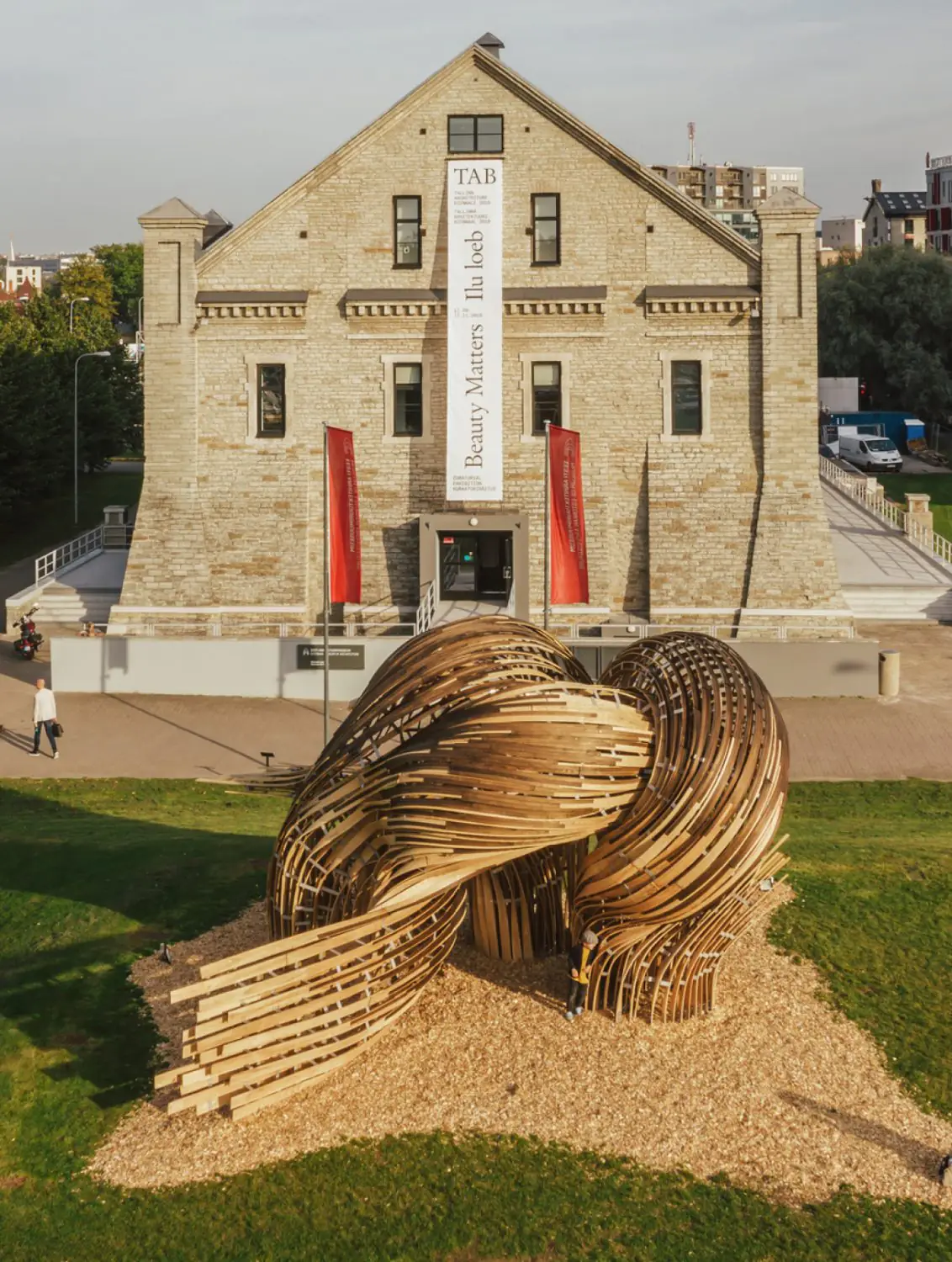
archdaily.com
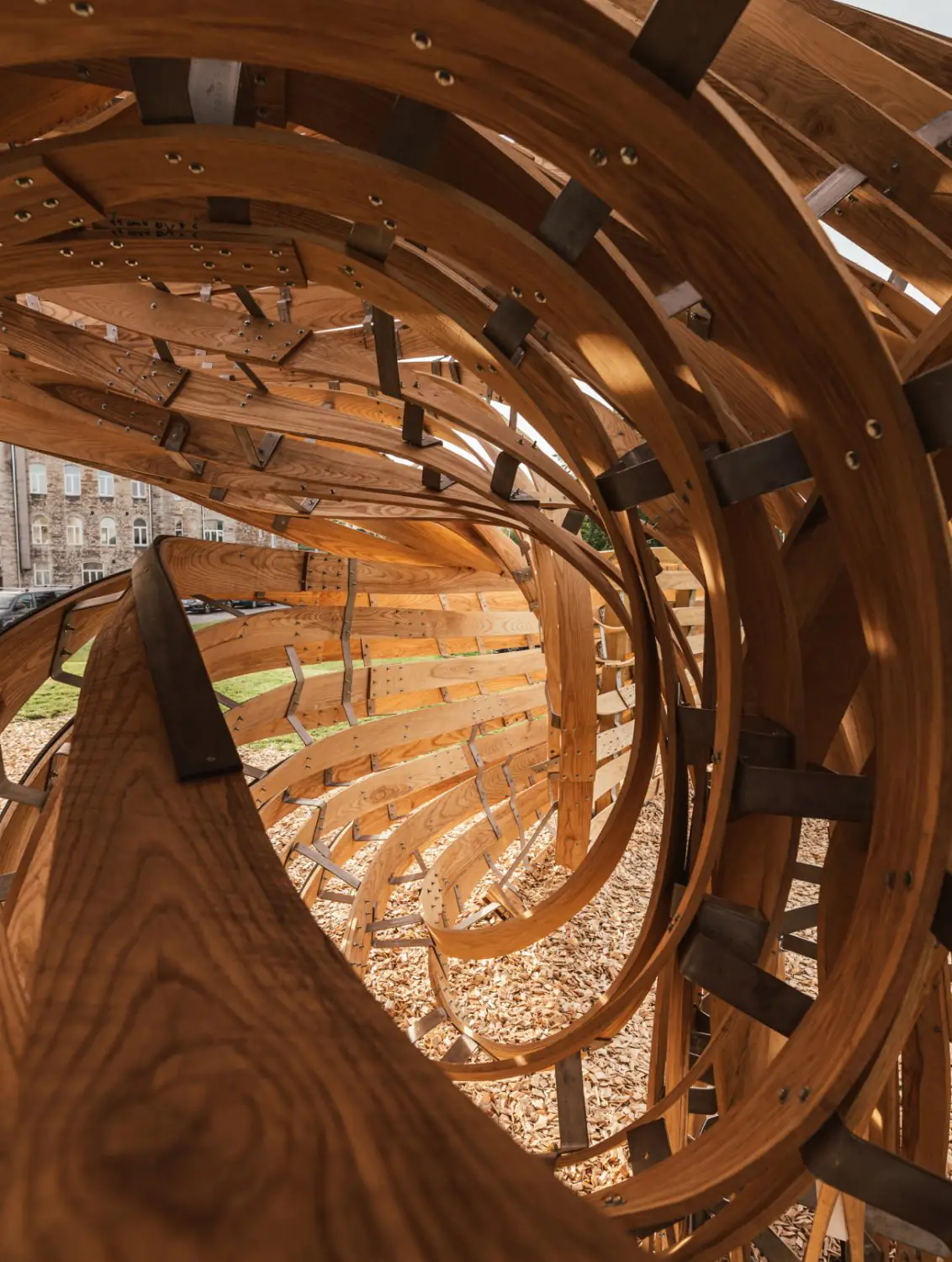
archdaily.com
A recent example of this experimental approach is the No Time to Waste bus stop. Designed by the Brussels-based firm Brasebin-Terrisse, the project won the Tallinn Architecture Biennale’s 2024 architectural competition and was soon built near Tallinn’s main railway station, Balti Jaam. The structure is made of gabions filled with leftover concrete paving, stone fragments, broken bricks and other construction debris. All materials were sourced locally, making the project cutting-edge and environmentally conscious.
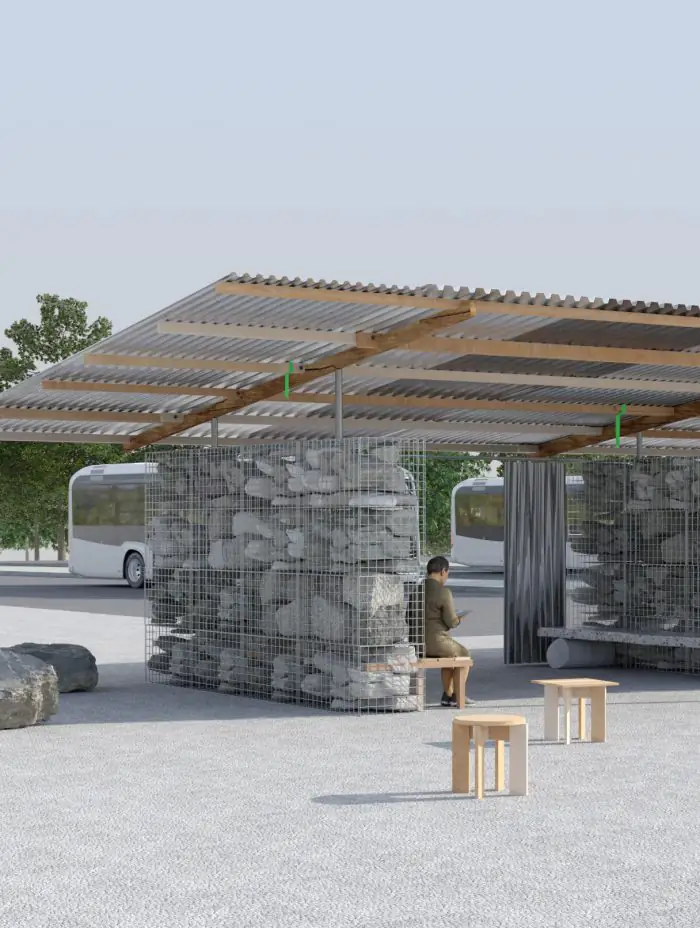
Matthieu Brasebin, Elisabeth Terrisse de Botton
Identity
Festivals can bring significant economic and reputational benefits. They attract tourists — according to some research, visitor numbers can increase by up to 30% during city events — and boost local spending. Festivals also raise the profile of a neighbourhood or city and drive up property values in festival areas. This effect is particularly visible in post-industrial or marginalised districts, where the area is transformed into an attractive hub for investors and potential property buyers.
However, it’s important to remember that not every festival considers the interests of local communities. Some events focus primarily on generating revenue, leaving little behind in terms of infrastructure or social improvements — sometimes even displacing vulnerable groups. Venice is the most striking example, where residents suffer from the influx of tourists during Carnival and other large events.
In the Baltic countries:
A striking example of a large-scale food event that has brought economic and reputational benefits is Vilnius’ Pink Soup Fest, dedicated to the city’s beloved cold beetroot soup. Thanks to its strong visual identity and active promotion on social media, the festival quickly became recognisable. Local supermarkets and souvenir shops were filled with merchandise in all shades of pink, while cafés and restaurants served the iconic soup in traditional and experimental versions.
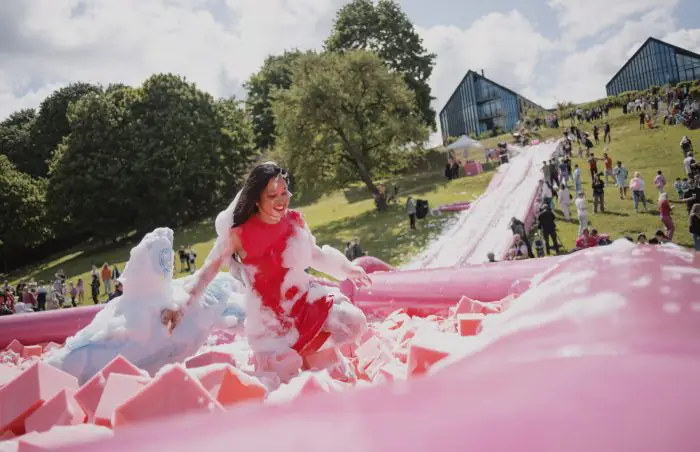
By 2025, the festival had attracted over 40,000 visitors, including thousands of tourists from Lithuania and neighbouring countries. Around 200 partners took part in the event. Go Vilnius, the city’s tourism agency, noted that the festival has become a calling card for Vilnius, firmly placing it on the tourist and gastronomic map.
